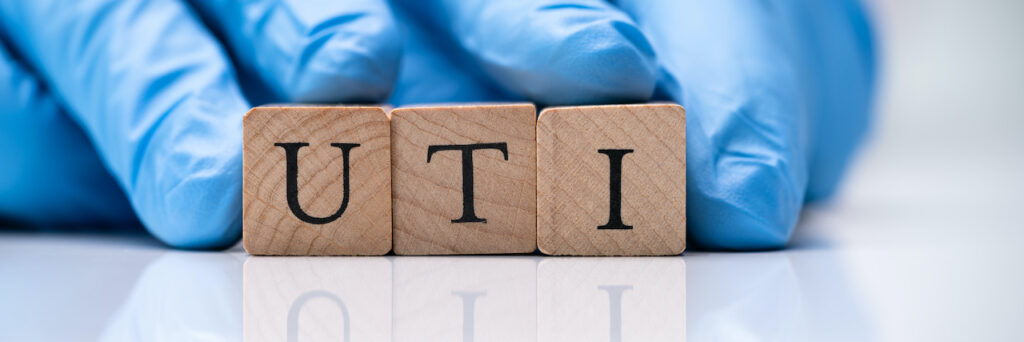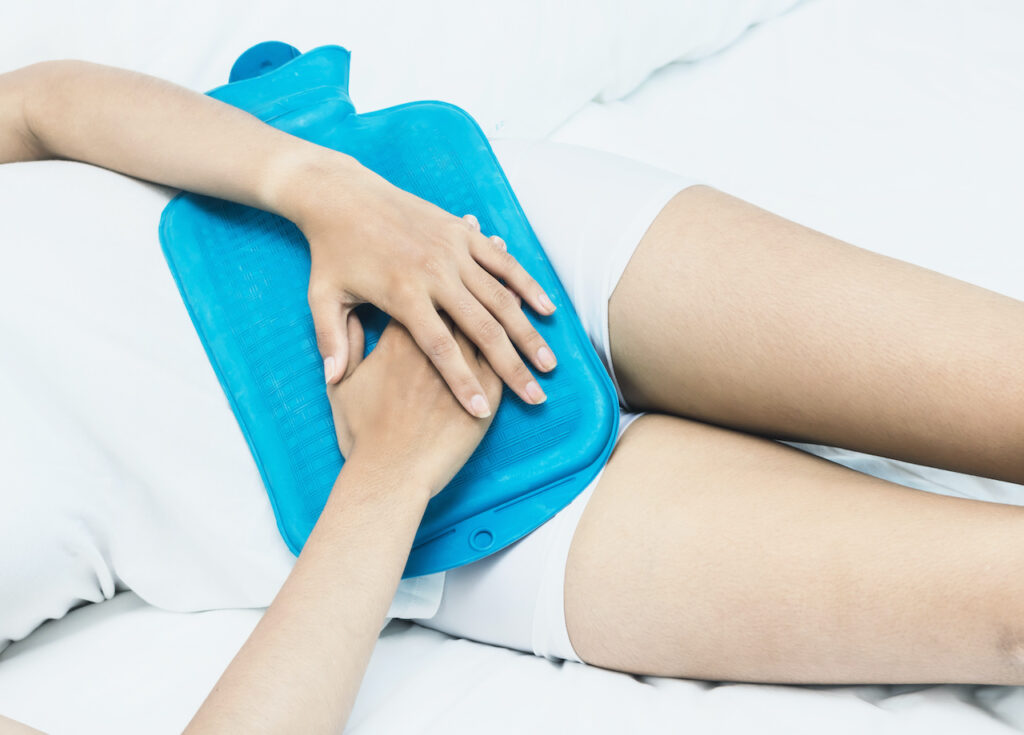Signs and symptoms of a UTI and what you can do about it

What is UTI?
A urinary tract infection (UTI) is an infection of your urinary system and can bring discomfort and inconvenience. They are common and that’s why it’s important to be able to recognize signs and symptoms as well as know what to do.
Signs and Symptoms
The following problems can be caused due to the inflammation in the urinary tract
- Pain in your flank, abdomen, pelvic area or lower back
- Pressure in the lower part of your pelvis
- Cloudy, foul-smelling pee
- Urinary incontinence
- Frequent urination
- Urge incontinence
- Pain when you pee (dysuria)
- Blood in your pee (hematuria)
There are also other symptoms that are not related to the lining of the urinary tract that are important to look out for such as
- Pain in your penis.
- Feeling extremely tired
- Fever
- Chills
- Nausea and vomiting
- Mental changes or confusion

Treatment
If experiencing any of these symptoms, it is important to talk to a healthcare provider so they can make a diagnosis. Doctors typically prescribe antibiotics to treat UTIs. A urine culture will be used to determine which antibiotic will work best for the bacteria causing the infection. Once prescribed the antibiotics, be sure to finish the entire course of the prescription even if symptoms subside. If you don’t, the infection can come back and be more difficult to treat. For people who get UTIs often, a provider may prescribe antibiotics for every day, after sex, or for when first noticing symptoms.
Prevention
Preventative measures like staying hydrated, practicing good hygiene, urinating after intercourse, and wearing breathable clothing can reduce the risk of UTIs. Cranberry juice is not a substitute for medical treatment, nor will it prevent a UTI, but cranberry extract supplements may decrease chances of getting a UTI. Always consult a healthcare professional for accurate diagnosis and treatment.
Summary:
- Signs and Symptoms of UTI:
- Pain in flank, abdomen, pelvic area, or lower back.
- Pressure in the lower pelvis, cloudy or foul-smelling urine.
- Urinary incontinence, frequent urination, urge incontinence.
- Painful urination (dysuria) and blood in urine (hematuria).
- Additional symptoms like pain in the penis, fatigue, fever, chills, nausea, vomiting, and mental changes.
- Treatment:
- Consult a healthcare provider for diagnosis if experiencing symptoms.
- Antibiotics, determined by urine culture, are commonly prescribed.
- Completing the full antibiotic course is crucial to prevent recurrence.
- For frequent UTIs, antibiotics may be prescribed for daily use, post-sex, or at the onset of symptoms.
- Prevention:
- Stay hydrated, practice good hygiene, urinate after intercourse, and wear breathable clothing.
- Cranberry juice is not a substitute but cranberry extract supplements may reduce UTI risk.
- Consult healthcare professionals for accurate diagnosis and treatment.

This article reviewed by Dr. Jim Liu, MD and Ms. Deb Dooley, APRN.
There’s nothing more important than our good health – that’s our principal capital asset.
#medical #telehealth #umedoc










